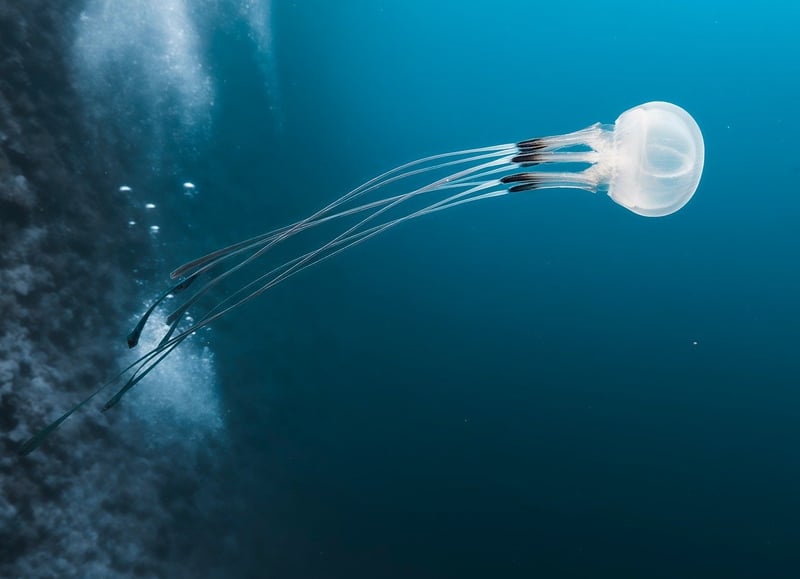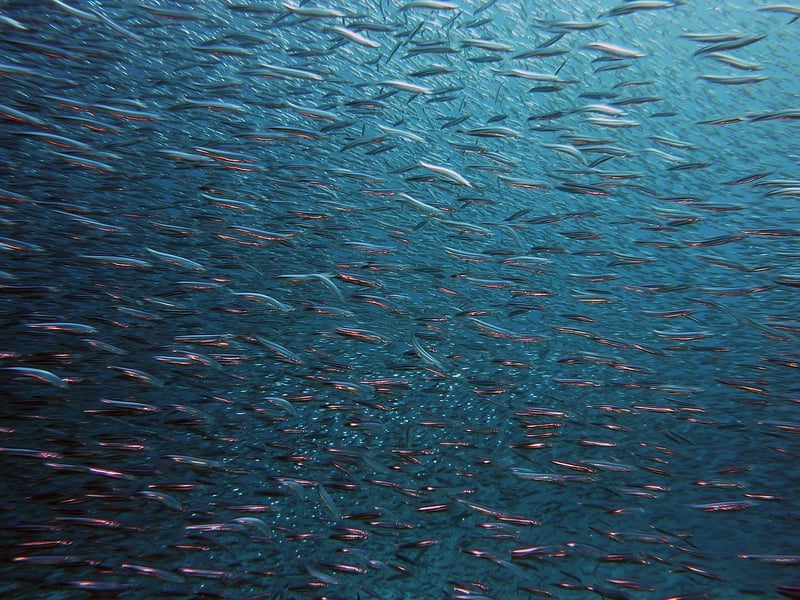Microscopic Undersea Life
Capturing the Smallest Details of the Ocean
Exploring the vastness of the ocean reveals a world teeming with life in every drop of water. From the majestic creatures that roam the deep to the smallest organisms invisible to the naked eye, the ocean is a treasure trove of biodiversity. Let's dive into the microscopic undersea life that plays a crucial role in the marine ecosystem.
Microscopic Marvels
Microscopic undersea life forms, including phytoplankton, zooplankton, and bacteria, are the building blocks of the marine food chain. These tiny organisms are essential for the survival of larger marine animals and help regulate the ocean's chemistry and climate.
Phytoplankton
Phytoplankton are microscopic algae that harness the power of the sun through photosynthesis. They serve as the primary producers in the ocean, converting sunlight into energy and oxygen. These tiny organisms form the base of the marine food web, providing sustenance for a variety of marine life.
Zooplankton
Zooplankton are small animals that feed on phytoplankton and other zooplankton. These tiny creatures include krill, copepods, and jellyfish larvae. Despite their size, zooplankton play a vital role in transferring energy through the marine food chain, serving as a crucial link between primary producers and larger predators.
Bacteria
Bacteria are ubiquitous in the ocean, existing in staggering numbers. These microscopic organisms are involved in nutrient cycling, breaking down organic matter, and recycling nutrients essential for marine life. Bacteria are also crucial for maintaining the health of coral reefs and other marine ecosystems.
Exploring the Unseen
Advancements in technology have enabled scientists to study and photograph microscopic undersea life in unprecedented detail. High-powered microscopes and imaging techniques allow researchers to capture the intricate beauty of these tiny organisms, unveiling a world of complexity hidden beneath the surface of the ocean.

By studying the smallest details of the ocean, scientists gain valuable insights into the interconnectedness of marine life and the delicate balance that sustains the underwater world. Understanding the role of microscopic undersea life is crucial for preserving the health of our oceans and safeguarding marine ecosystems for future generations.
Preserving the Ocean's Microscopic Wonders
Conservation efforts aimed at protecting the ocean's biodiversity extend to its smallest inhabitants. By safeguarding phytoplankton, zooplankton, and bacteria, we ensure the stability of marine ecosystems and the health of the entire ocean. Every small detail matters in the intricate tapestry of life beneath the waves.

Next time you gaze out at the ocean, remember that beneath the surface lies a world of wonders, where even the tiniest creatures play a vital role in sustaining marine life. Let's continue to explore, appreciate, and protect the smallest details of the ocean for generations to come.
